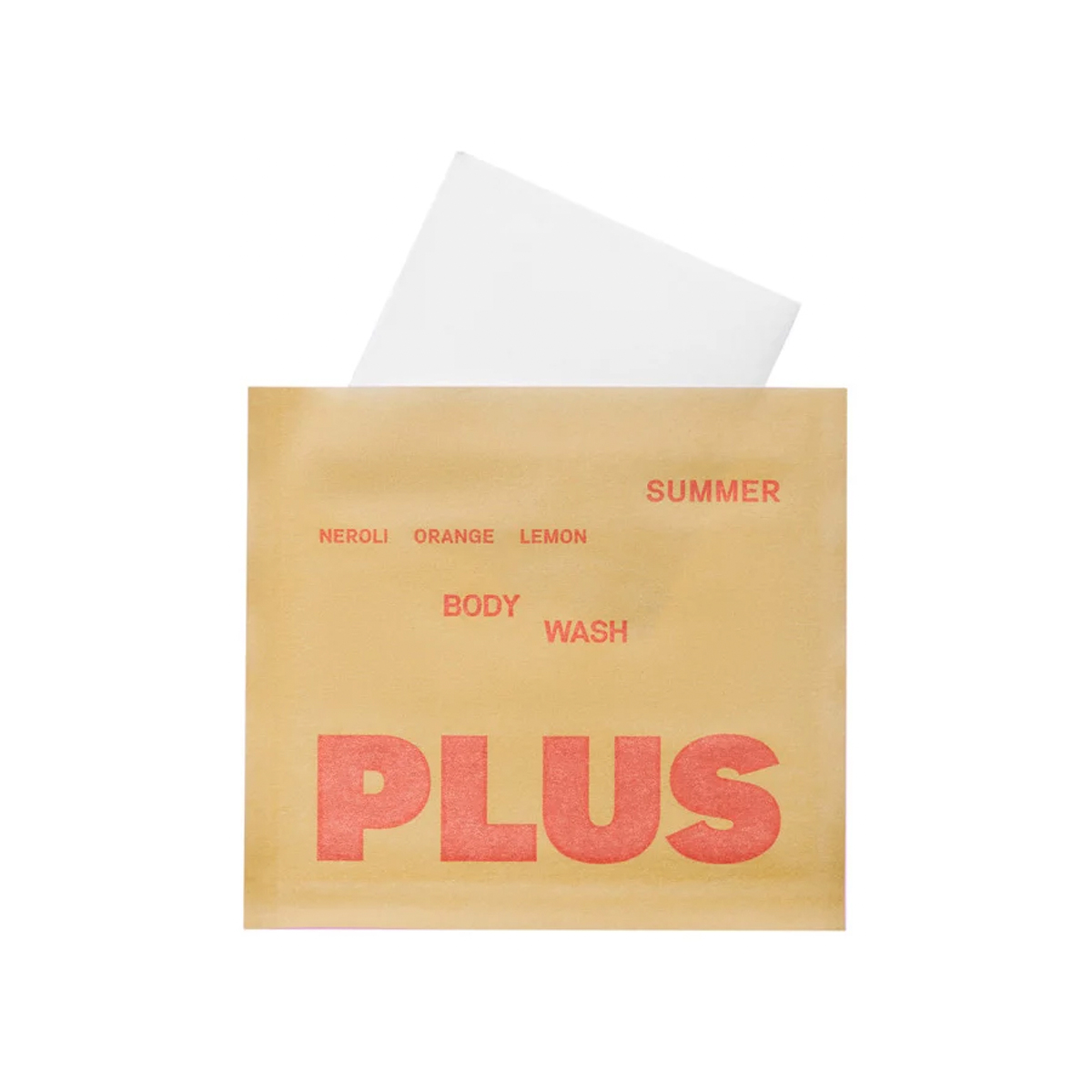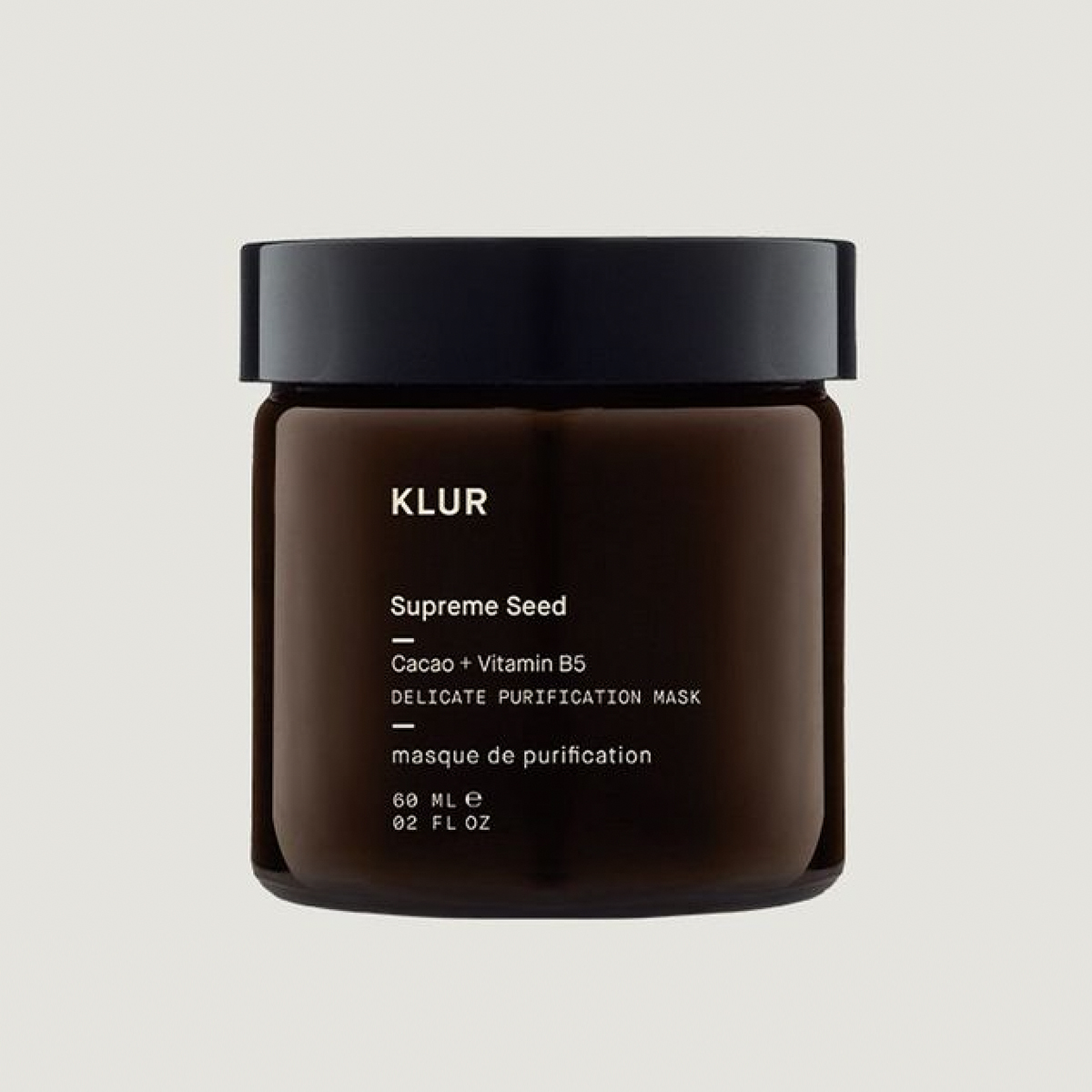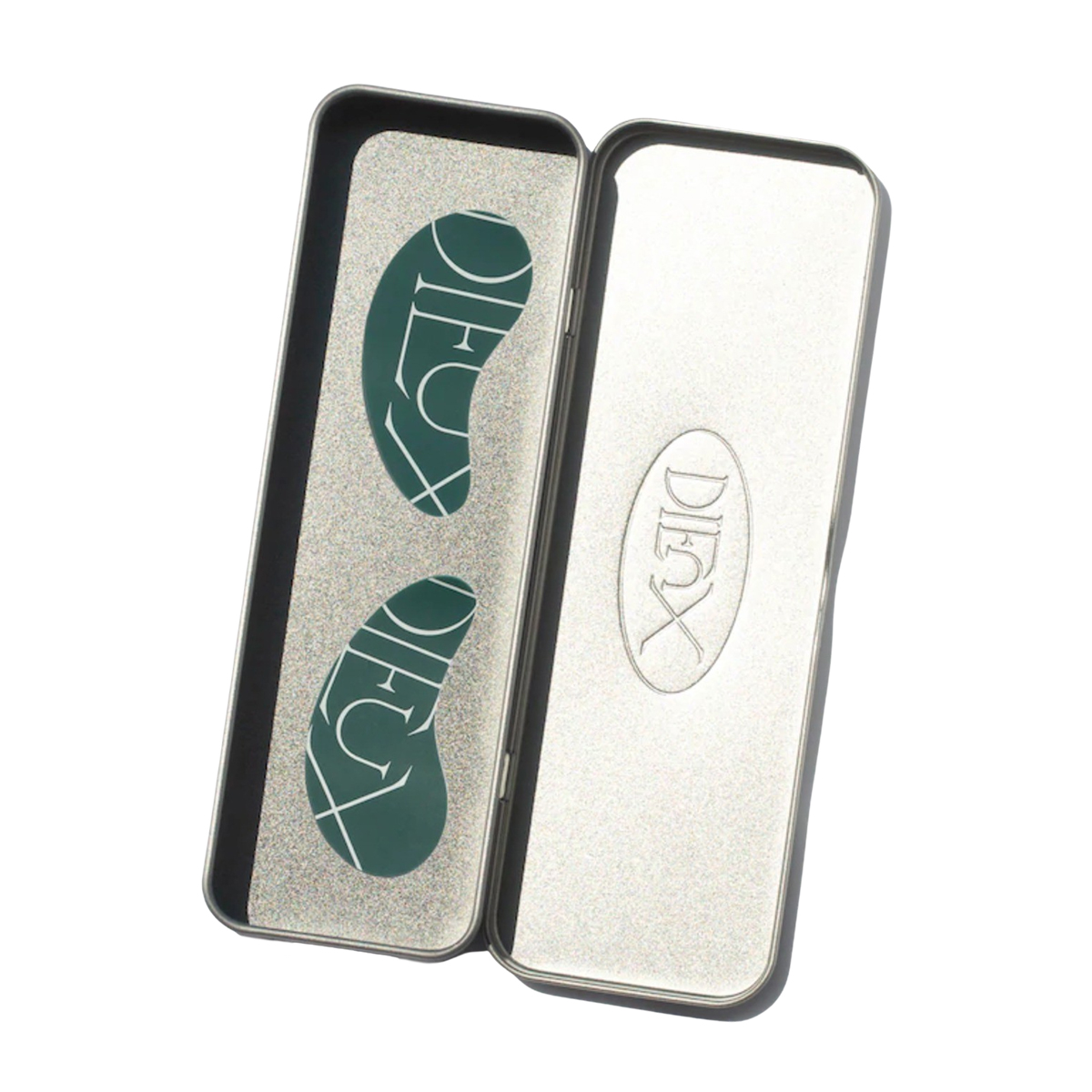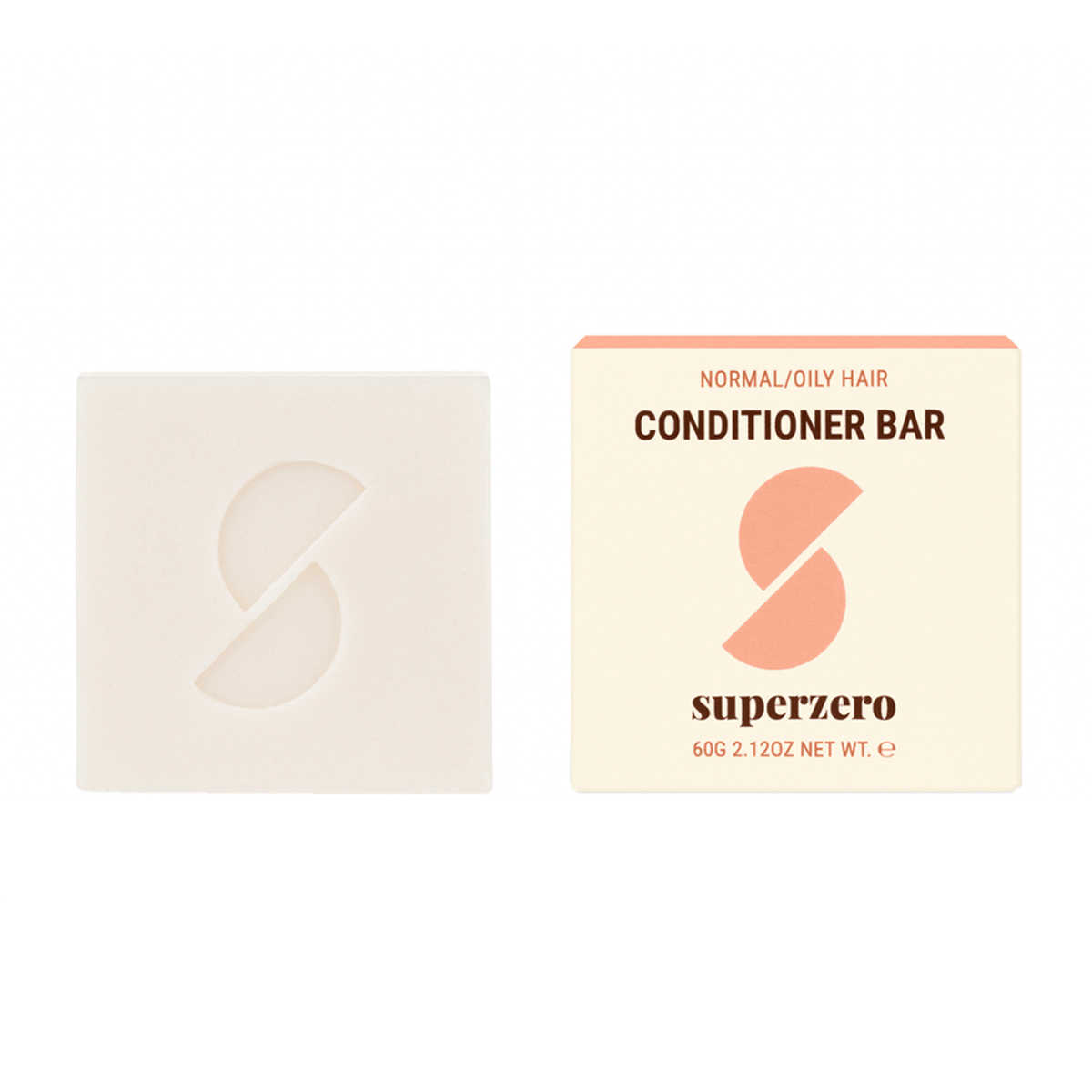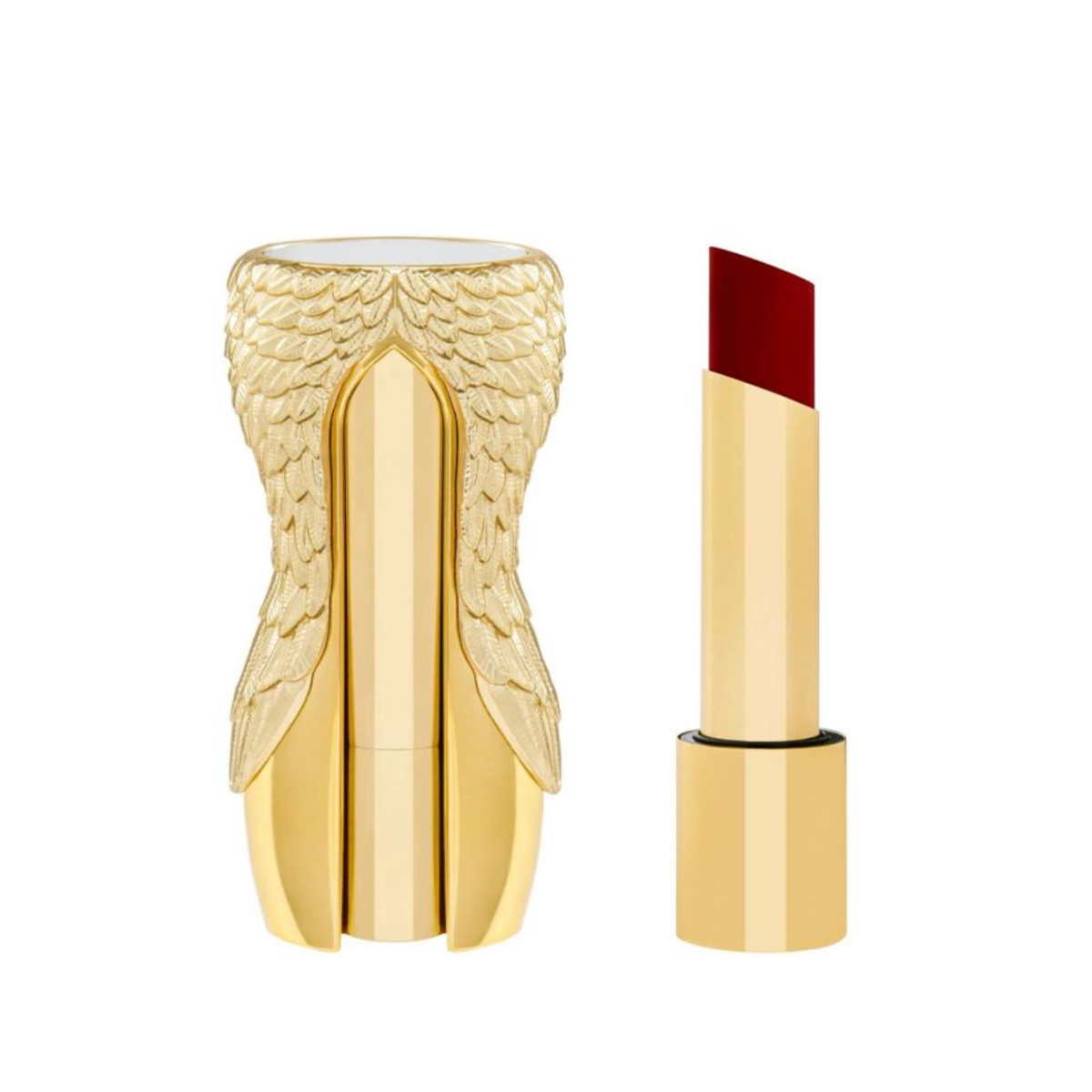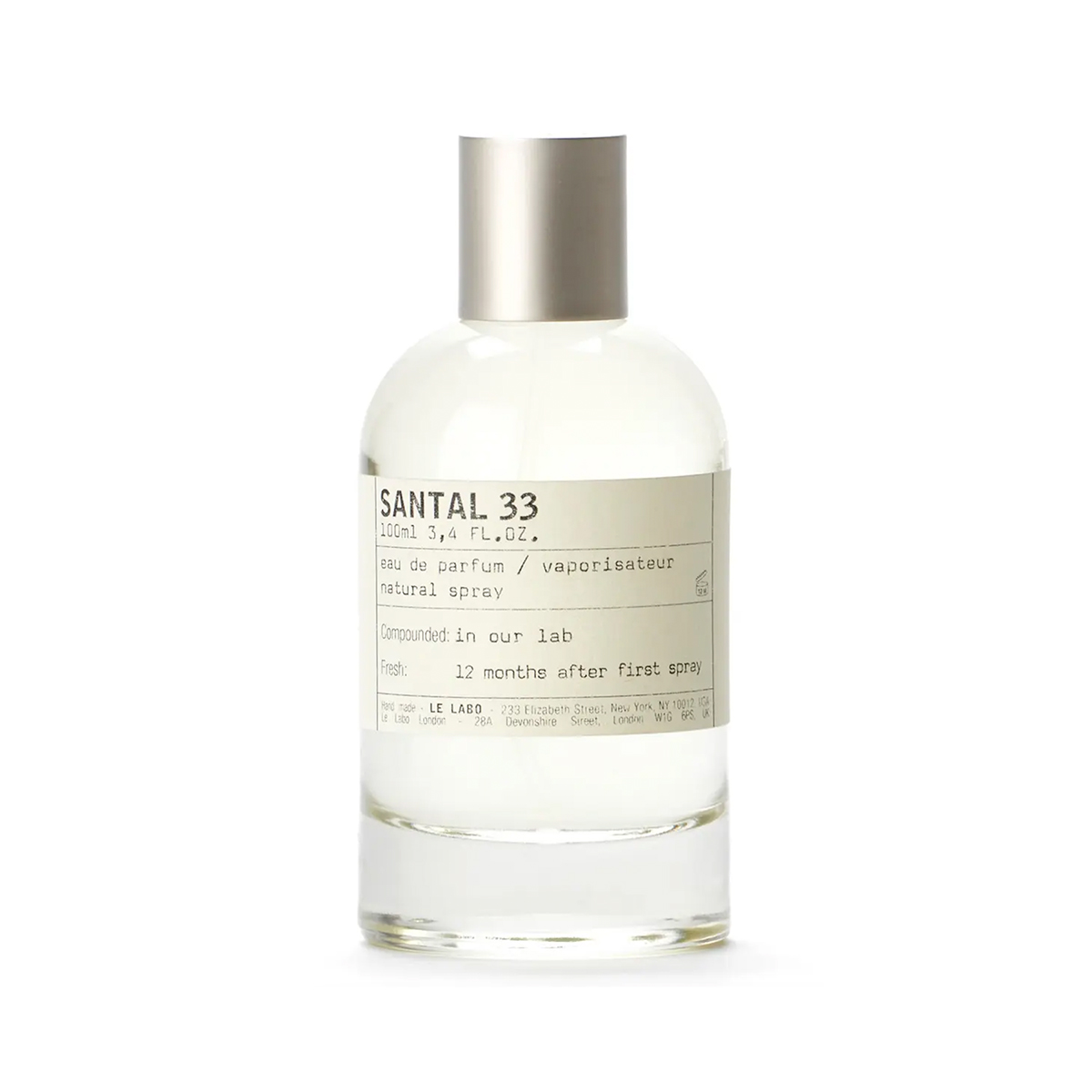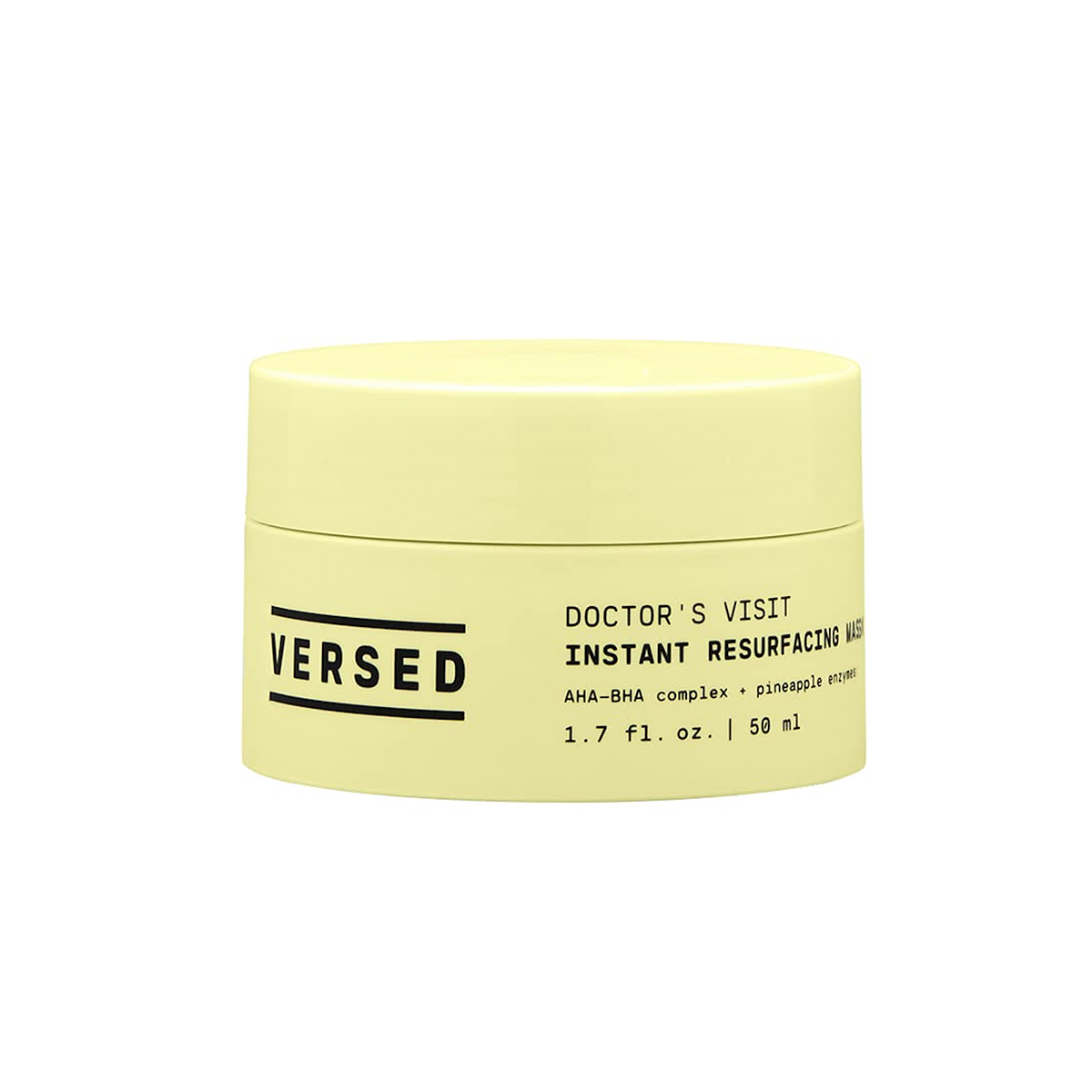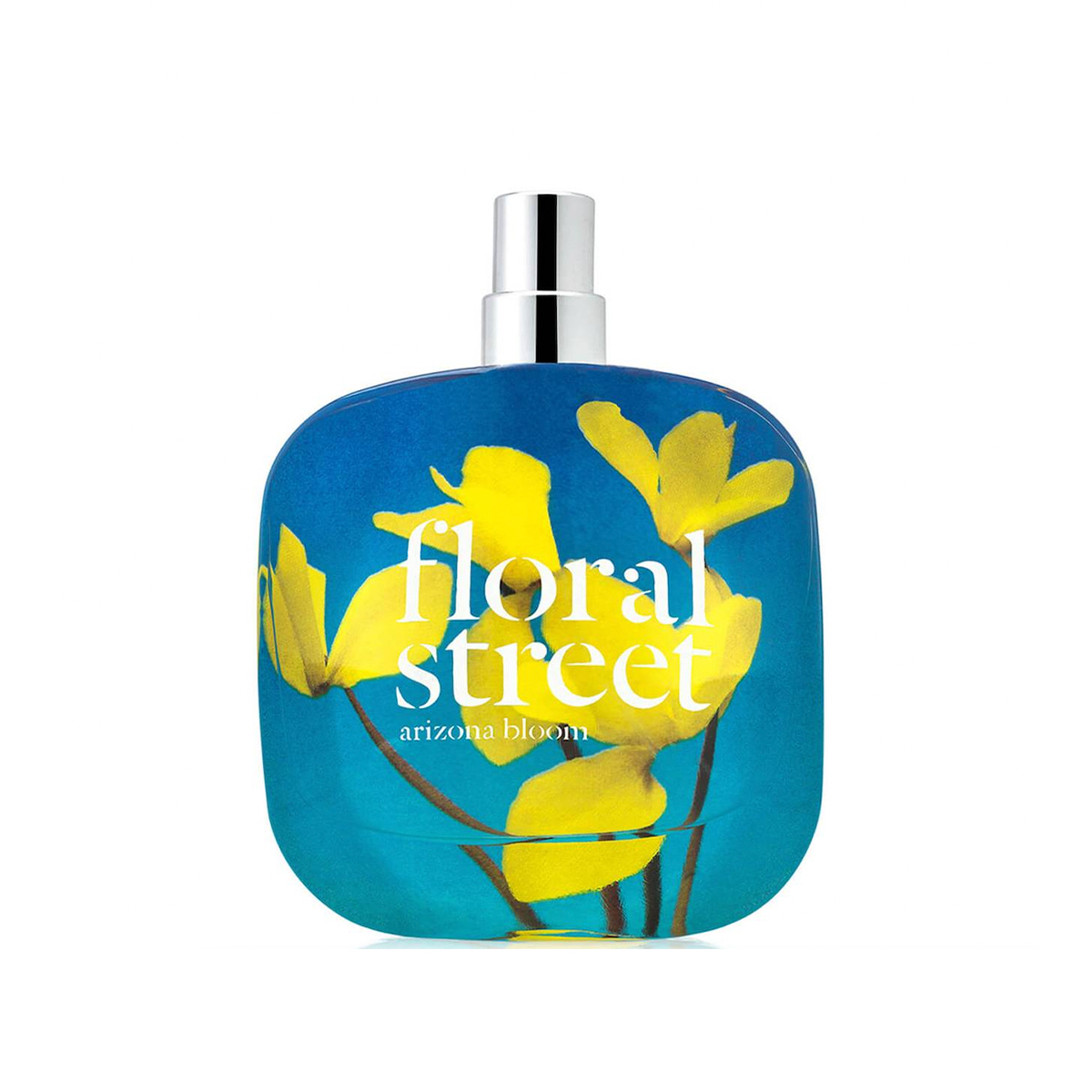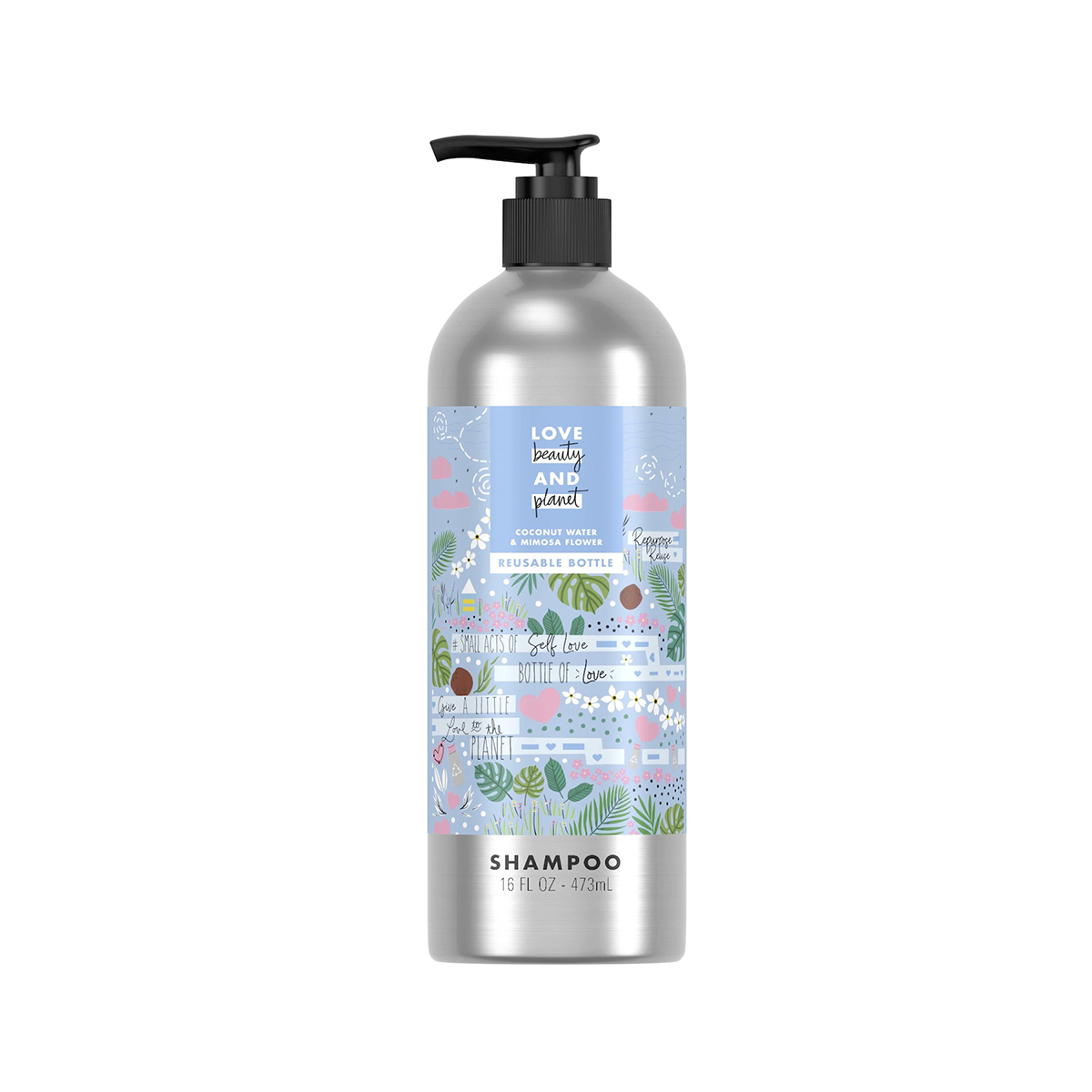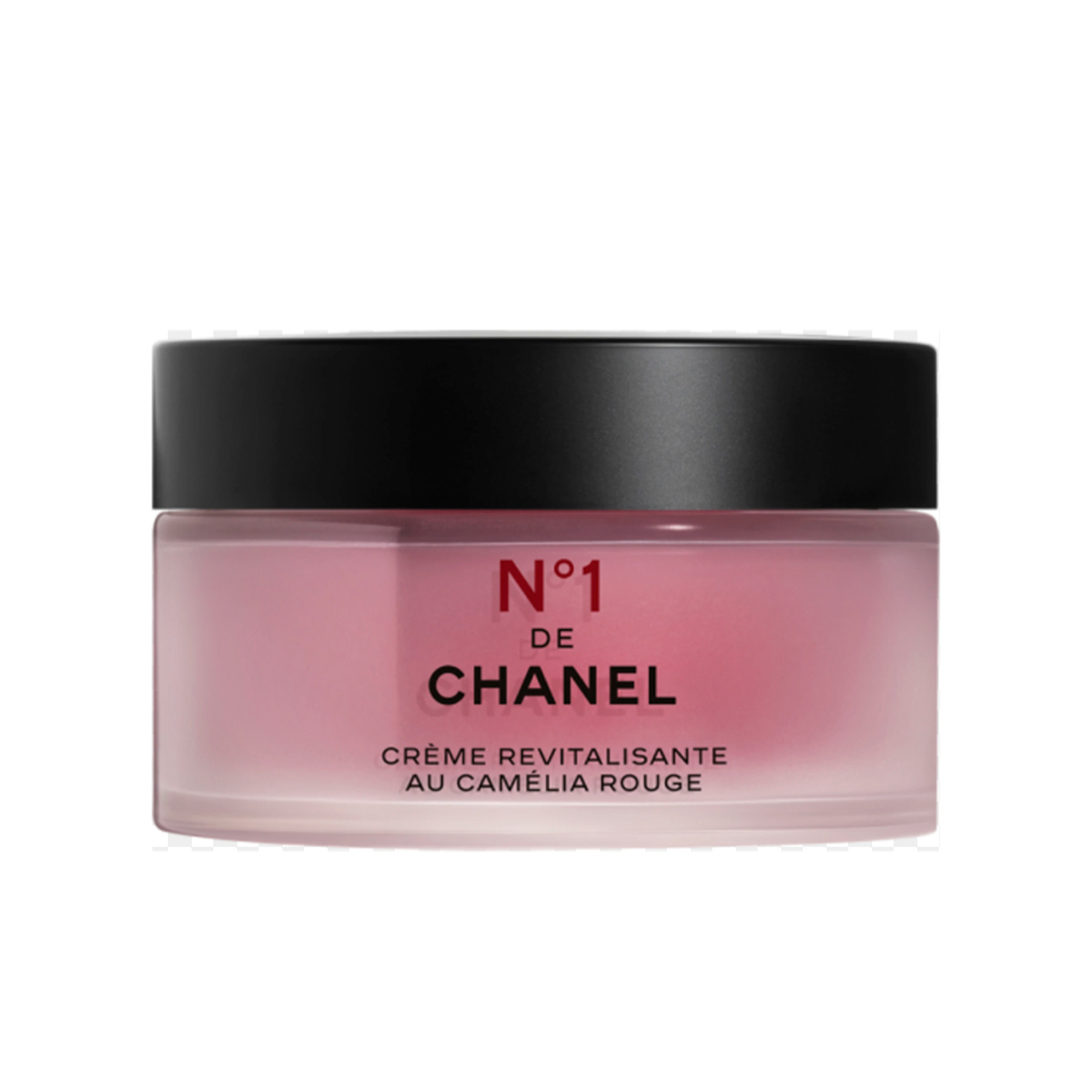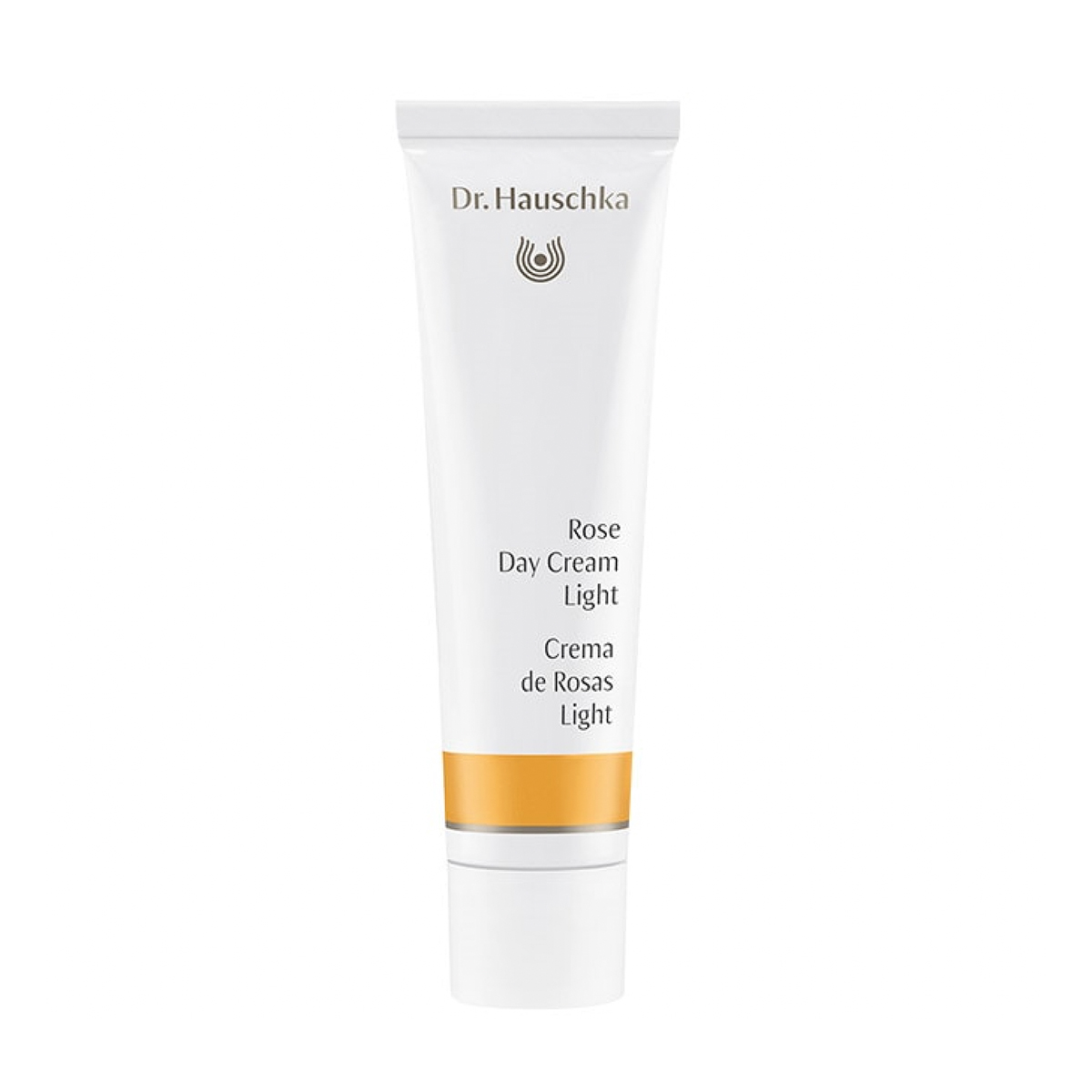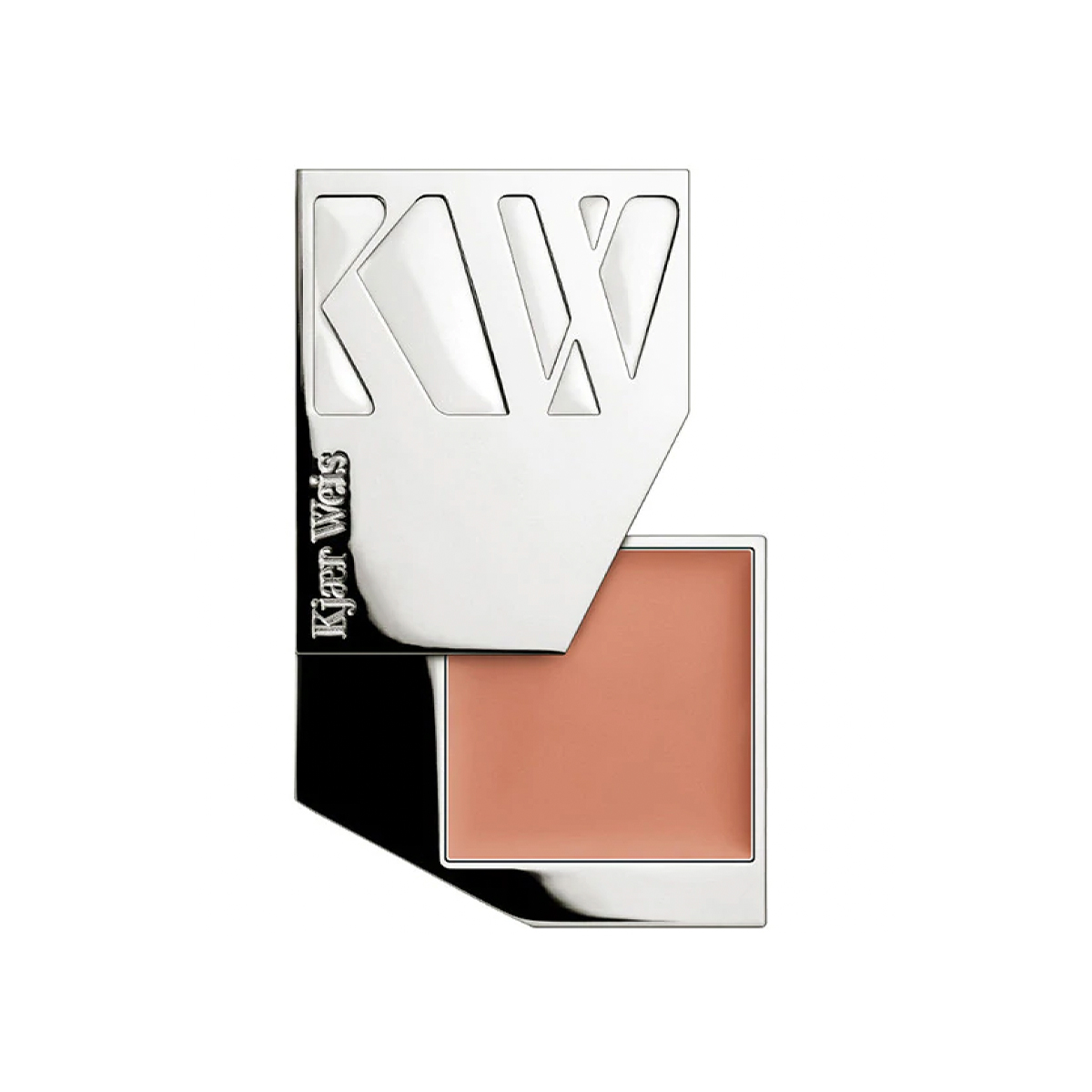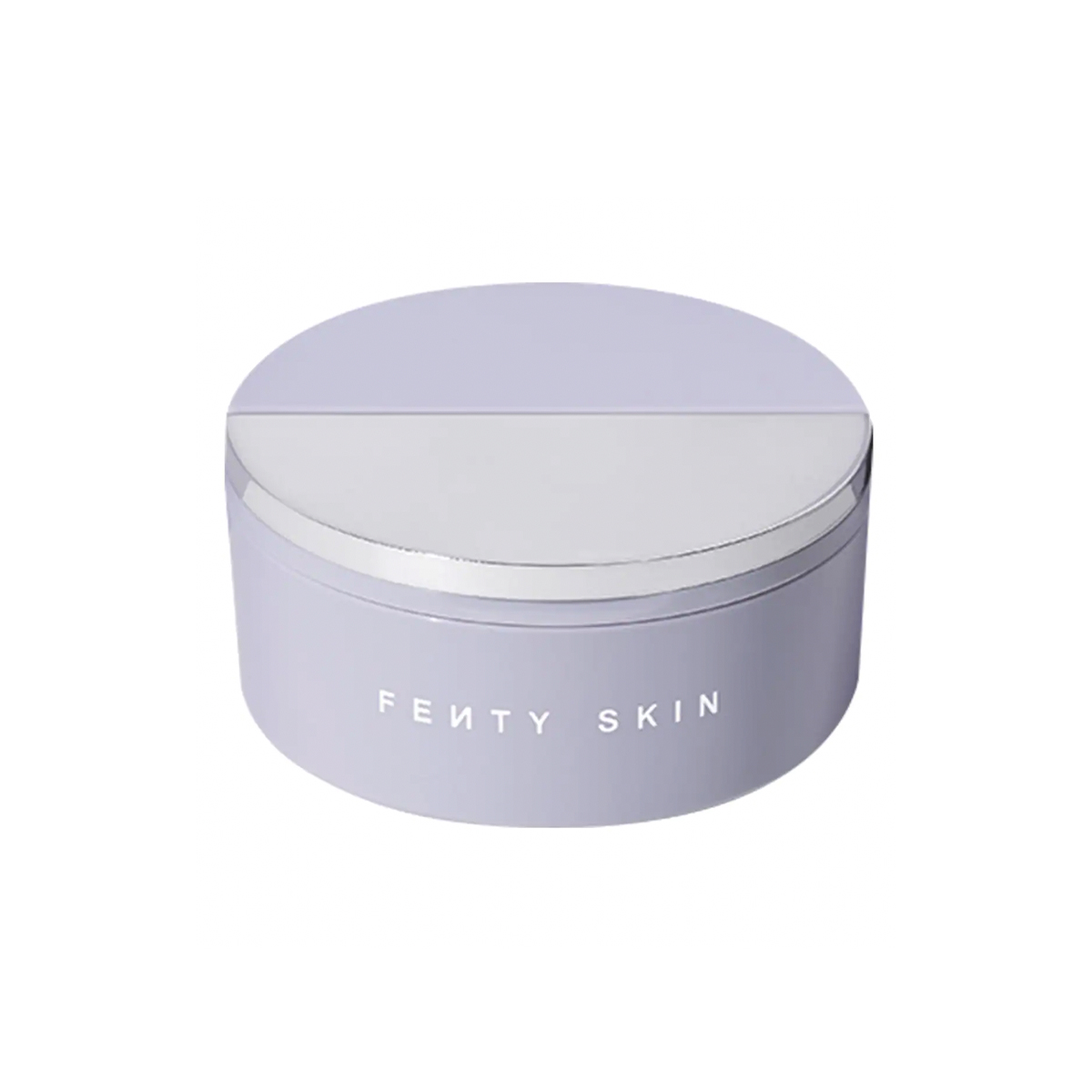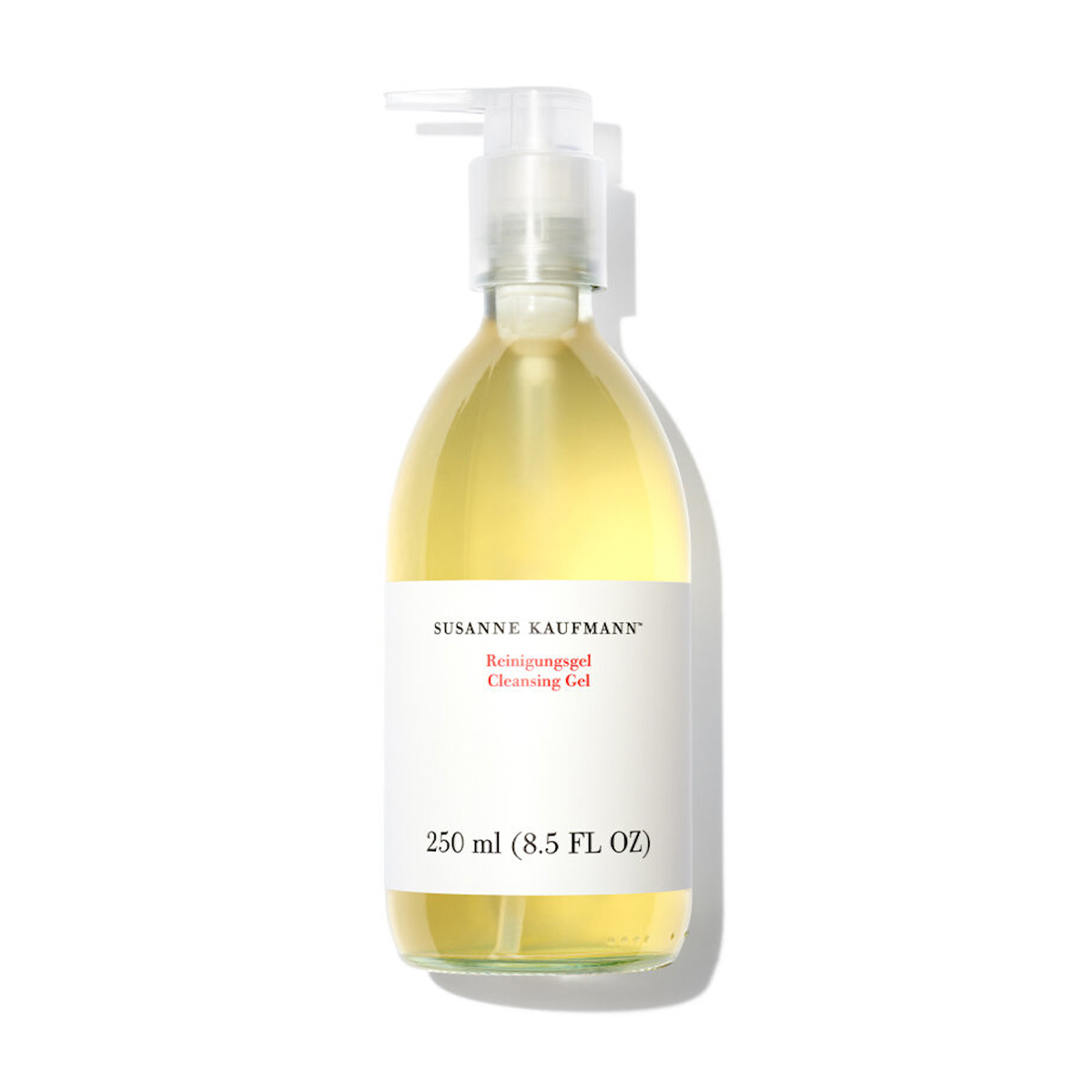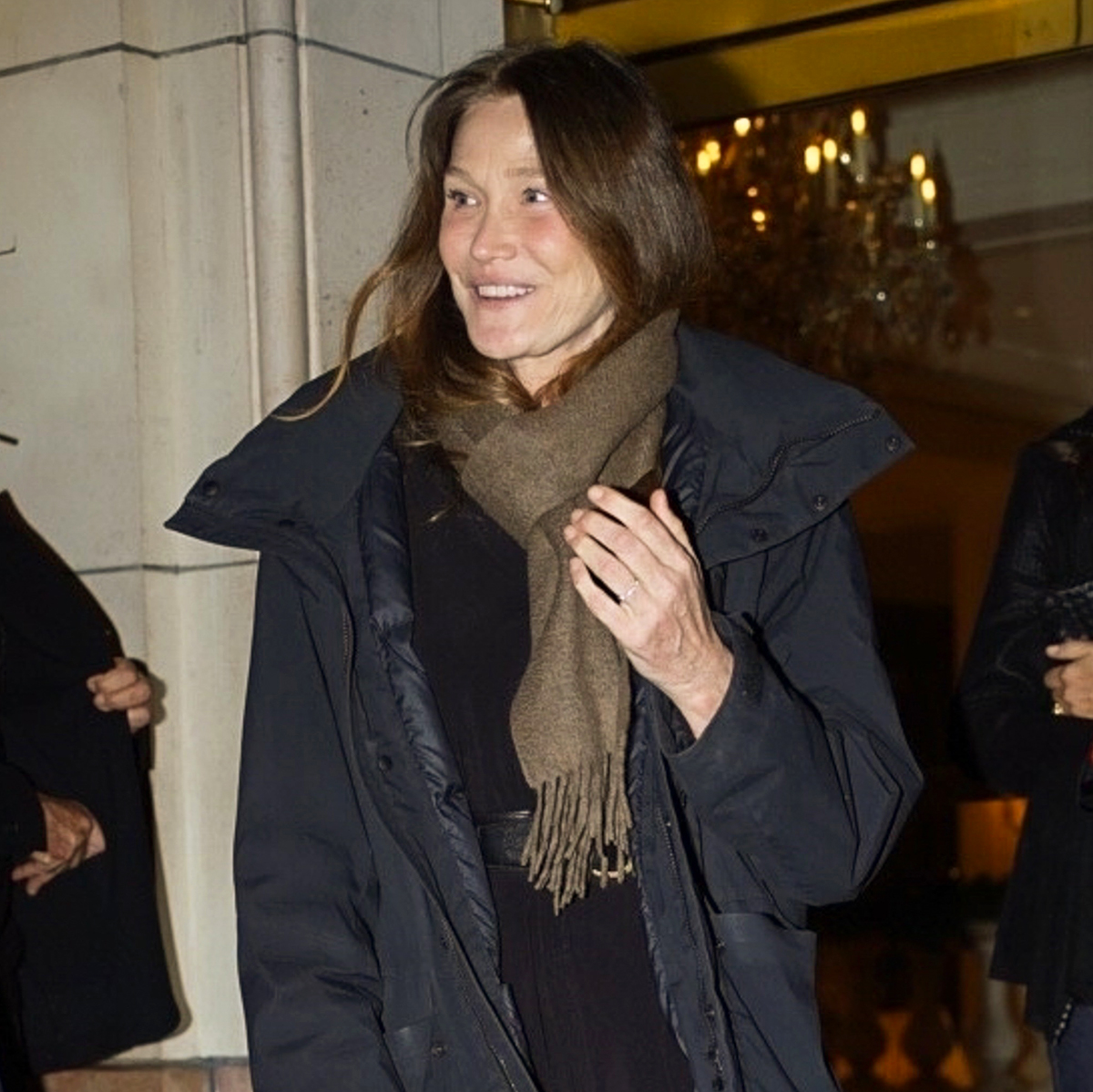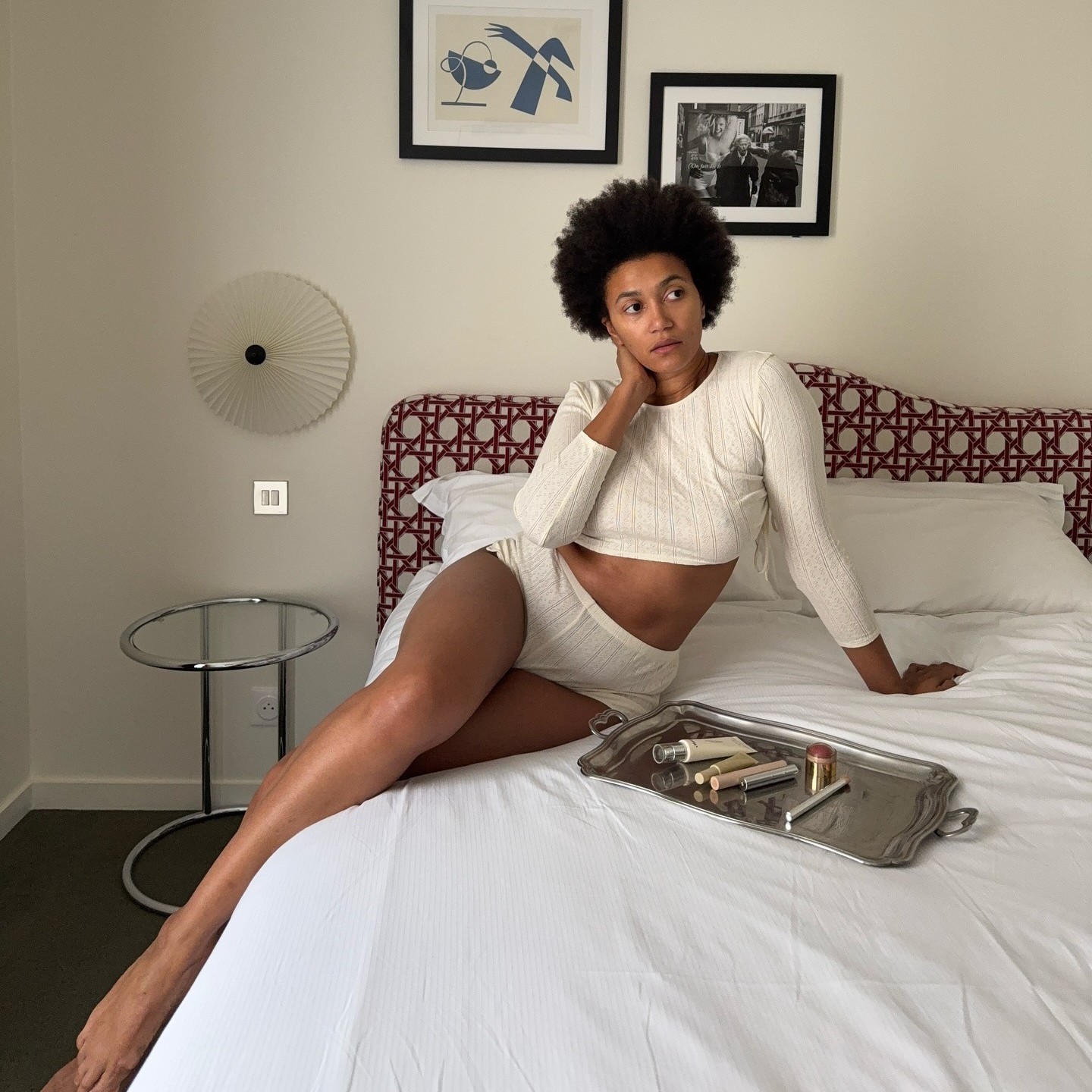High-Dose Sustainability (and the Beauty Brands Doing It)

Beauty products are often marketed as an investment in yourself. Buying a beauty product means participating in a daily ritual rooted in self-indulgence. There’s hardly a downside to coating your skin in pillowy creams, painting your lips with rich pigments, and lathering your body in dense foam, especially if it makes you feel good—right?
Viewing beauty through a lens of self-care starts to go off the rails once you learn that the cosmetic industry produces 120 billion units of packaging every year. That’s 15 units of packaging per every one of the eight billion people on this planet, and almost all of it ends up in a landfill, the third-largest source of human-related methane emissions in the United States.
To put it bluntly, the beauty industry has a major sustainability problem.

The reverberations are hitting us now. Approximately 10% of the world’s coral reefs are threatened by sunscreen that swimmers wear in the water. If consumption patterns continue to trend the way they are now, two-thirds of the world’s population could be living in water-stressed countries by 2025. And though recycling rates are higher than ever, only 32% of the U.S. population recycles.
"As we realize that we’re playing a dangerous game with a finite amount of resources, we need to really reframe the way that we’re looking at our personal care and beauty products,” says Stephanie Shepherd, chief impact officer at Plus.

In recent years, many beauty brands have slapped on a "green” label or put a recycling symbol on the bottom of their plastic products, but what does this truly mean? People may think that putting their empty beauty products in the recycling bin is helping the environment, but out of seven different recycling classification codes, only plastics classified as number one (water bottles, soda bottles) or number two (milk jugs, shampoo bottles) can actually be recycled in the United States today.
In fact, if you’re tossing your old plastic mascara tubes or eye cream containers into the recycling bin, you might unintentionally be making things worse. "Wish-cycling—when you’re not sure if it will be recycled—is actually gumming up the system and making it less efficient,” says Mia Davis, VP of sustainability and impact at Credo. "Any plastic that’s smaller than a yogurt cup probably needs to go in the trash.”

This all might paint a pretty bleak picture, but it doesn’t mean you should lose hope. On the contrary, the beauty industry’s waste challenge is leading to more exciting innovations than ever. So where do we go from here?
"Not greenwashing is important,” says Charlotte Palermino, co-founder of Dieux. "The blanket statement that glass is amazing and plastic is terrible, it depends. Are we looking at carbon footprints? Are we looking at waste? What kind of plastic and glass? Too often, brands signal superiority with no data, and it’s hard for consumers to navigate. Brands need to worry more about impact than how they can market it.”

That’s why many retailers and brands are taking a stand for more sustainability and transparency in the industry. Credo, for example, only partners with brands that meet its strict sustainability guidelines, which includes prohibiting any single-use products like sheet masks, applicators, and face wipes.
"Just from Credo, we’ve eliminated at least 3000 pounds of garbage a year by saying that we won’t sell single-use wipes, sheet masks, or similar products,” says Davis. "If other retailers, brands, and customers joined us in that effort, we could really divert a ton of waste from ending up in the landfill or as pollution in the environment.” The toughest sell here might be face wipes (everyone’s favorite single-use convenience), but there are plenty of reusable pads available that you can put makeup remover on and toss in your laundry.
You can also bring your clean empties to a Credo location, and the brand will do the laborious work of recycling those hard-to-recycle plastics for you through its partnership with Pact Collective. The bins at Credo will accept empty plastic bottles and jars smaller than a yogurt cup as well as pumps, caps, plastic tubes, lipsticks and glosses, eye and lip pencils, mascara tubes, plastic compacts, and any colored glass products.

Many brands are doing their part to come up with unique solutions to the waste problem in the industry. Plus, for example, is working on saving water and nixing excess packaging. "The average bottle of bodywash contains [around] 90% water and a very small amount of active ingredients,” says Shepherd. "That leads to mass quantities of water being unnecessarily shipped around the world and in plastic bottles.”
To curb this kind of waste, Plus takes a dehydrated foam square of bodywash and packages it in a sachet made from wood pulp from FSC-certified forests and a thin layer of biodegradable polyvinyl alcohol that completely dissolves upon contact with water.
Superzero takes a similar approach. The haircare and bodycare brand creates bars for every situation, from traditional bodywash and hand soap to shampoo, conditioner, and lotion bars. "We started from zero when it came to the hair- and bodycare space and followed the principle of sustainability by design,” says Conny Wittke, Superzero’s founder. "That means no plastic, no bottles, no water, only vegan ingredients, and absolutely no microplastics.” To break it down, one shampoo bar from Superzero replaces three 8.4-ounce plastic bottles of shampoo.
Other brands like Dieux and Klur are doing what they can to minimize their impact with smart, sustainable products. Palermino says that Dieux’s motto is simply to make less trash, which is evident when you see the brand’s hero product, the Forever Eye Mask. These endlessly Instagrammable masks are made of reusable silicone gel that you can use with your own eye products. "Another thing we look toward is shifting packaging to raw materials that have a loop and reuse elements that are difficult to recycle,” Palermino adds.
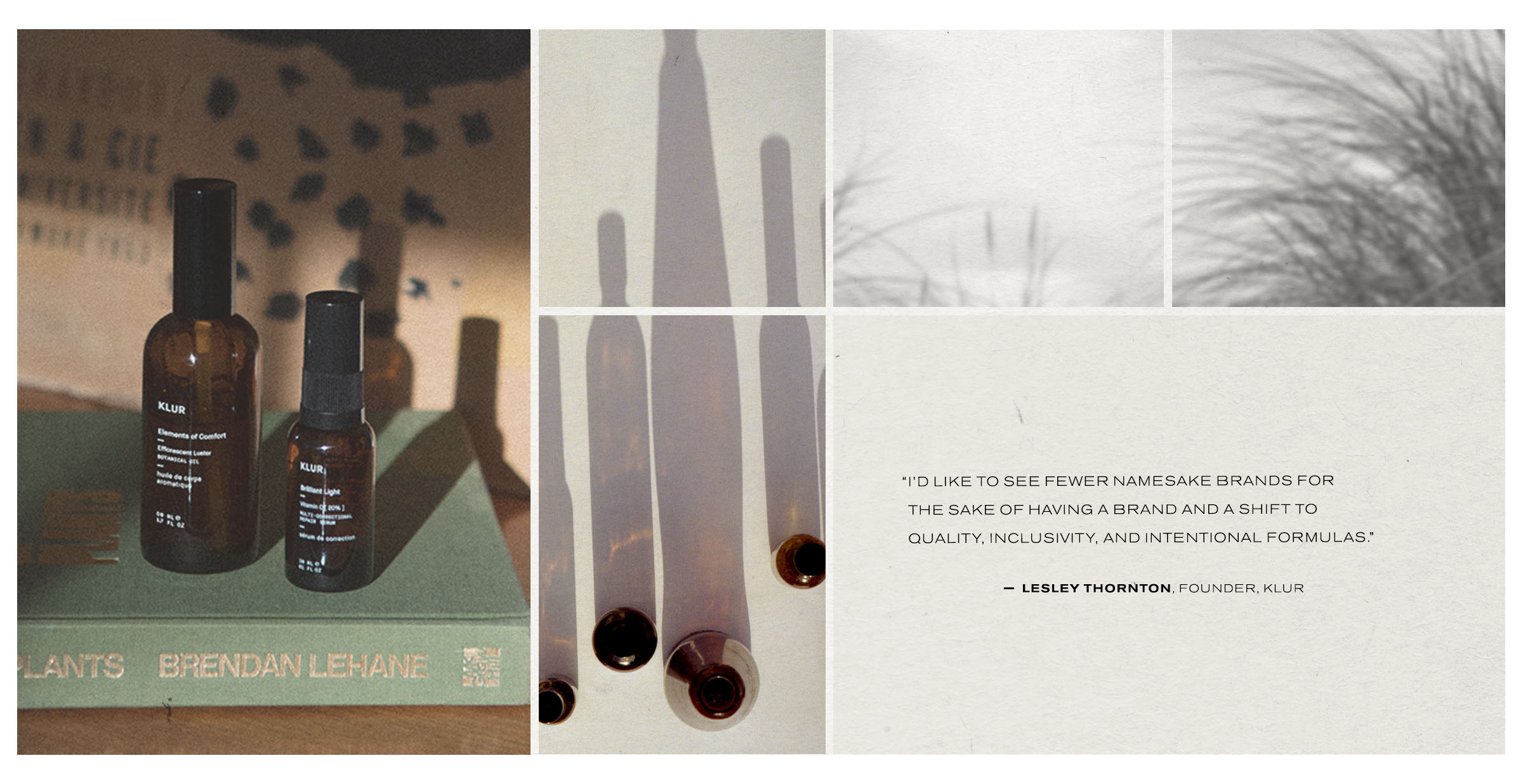
Klur’s founder, Lesley Thornton, has made a conscious decision to only manufacture her products in the U.S., working with partners who have traceable supply chains and opting not to use rare or exotic ingredients that hurt land biodiversity when overharvested. Klur only uses pharmaceutical-grade, amber lead–free glass packaging to house its products.
While many smaller brands are doing the work, they hope this leads to industry-wide change. "I believe the way forward is in making less,” says Thornton. "I’d like to see fewer namesake brands for the sake of having a brand and a shift to quality, inclusivity, and intentional formulas.”
If you look around, you can see that bigger brands are finally starting to take notes. Chanel recently launched No. 1 de Chanel, a line that uses lightweight glass, no paper leaflets, and naturally derived materials. Brands such as Fenty, Versed, and Love Beauty and Planet are also leading the charge by offering refillable packaging; using recycled materials; and, in Versed’s case, giving consumers another avenue to recycle their empties.
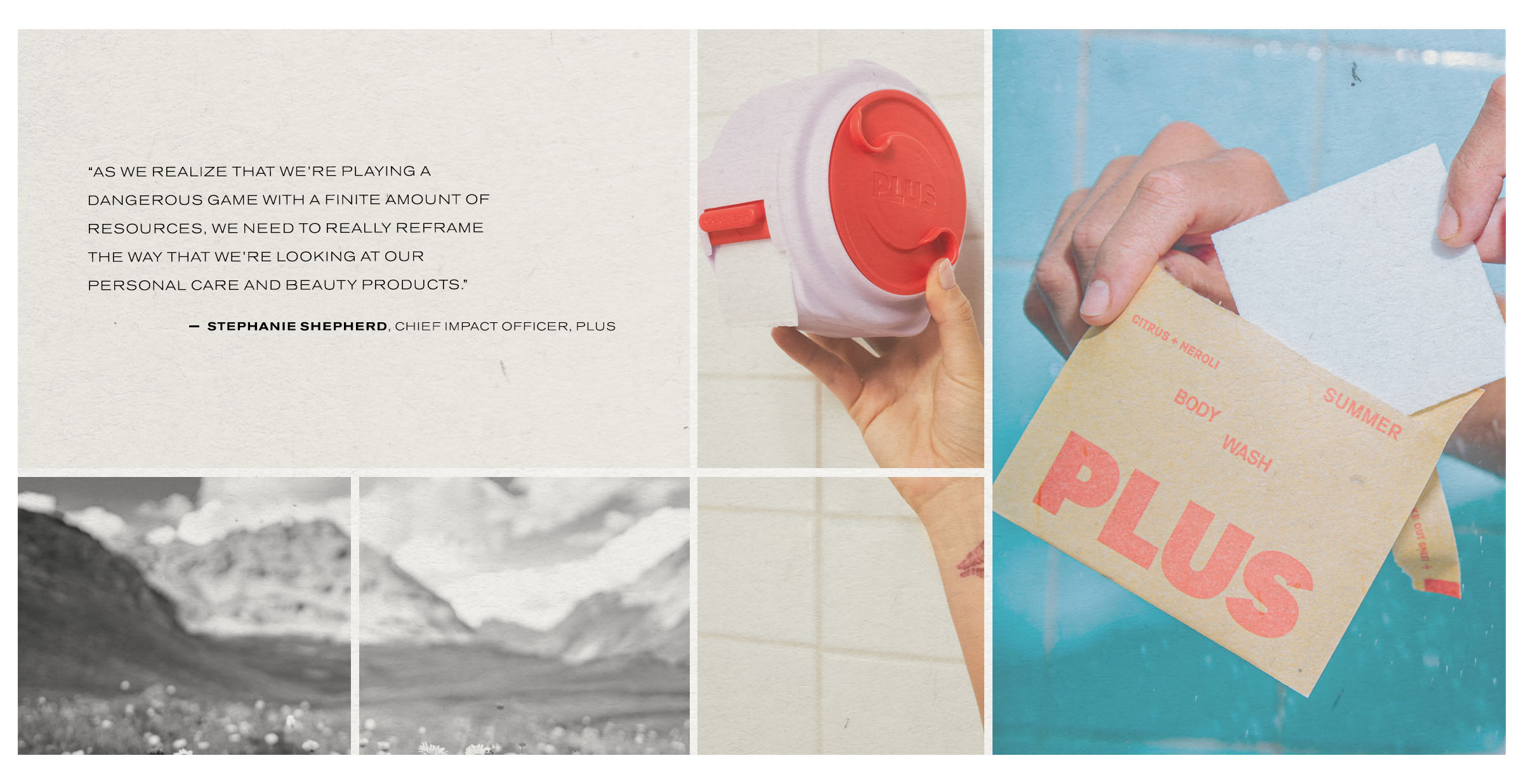
It’s inspiring to see so much innovation in the beauty industry, but it would be irresponsible not to note that this is only one small slice of the sustainability pie. "Climate change is here, and the impacts are devastating,” says Palermino. "While we want our government to lessen the reliance on fossil fuels, we can also work toward better practices that minimize carbon footprints.”
Brands working to adopt sustainable practices are important in the shift toward more responsible consumption. At the same time, they can only do so much. It’s important to push your government representatives to work toward real, tangible change—both on the broader level with climate change as a whole and at the micro-level with packaging and shipping standards.
"I hate to make it political, but it is political,” says Shepherd. "We do need people in our representatives to act on our behalf and to really realize that this issue is important and timely, to say the least.”
At the end of the day, Shepherd also doesn’t want working toward more sustainable practices to feel scary. "We’re on the precipice of a really, really big societal change,” she says. "This is an exciting time to know that we can run our world in a more efficient, clean way for future generations. [It] should be something that people aren’t afraid of but really excited and inspired to be a part of.”
Next time you’re picking out a beauty product, keep in mind the brands working to make a real difference or, at the very least, drop your clean empties off at Credo and let them do the dirty work for you.
Shop a few of our sustainable favorites:
Next, How Cartier Is Helping This Entrepreneur Change the Sustainable-Textile Industry
Prior to her time at Who What Wear, Katie Berohn worked as the beauty assistant for Good Housekeeping, Woman's Day, and Prevention magazines, all part of the Hearst Lifestyle Group. She graduated from the University of Colorado, Boulder, with a major in journalism and minor in technology, arts, and media, and earned her master's degree at NYU's graduate program for magazine journalism. In addition, Katie has held editorial internships at Denver Life magazine, Yoga Journal, and Cosmopolitan; a digital editorial internship at New York magazine's The Cut; a social good fellowship at Mashable; and a freelance role at HelloGiggles.
-
 Celebs Are Obsessed With Animal-Print Nails—5 Takes That Will Dominate This Winter
Celebs Are Obsessed With Animal-Print Nails—5 Takes That Will Dominate This WinterSnakeskin! Leopard! Tortoiseshell!
-
 I'm Desperate to Copy Selena Gomez's Romeo + Juliet Manicure—It's Giving 1996 in the Best Way
I'm Desperate to Copy Selena Gomez's Romeo + Juliet Manicure—It's Giving 1996 in the Best WayStar-crossed lovers? More like stunning nail inspo.
-
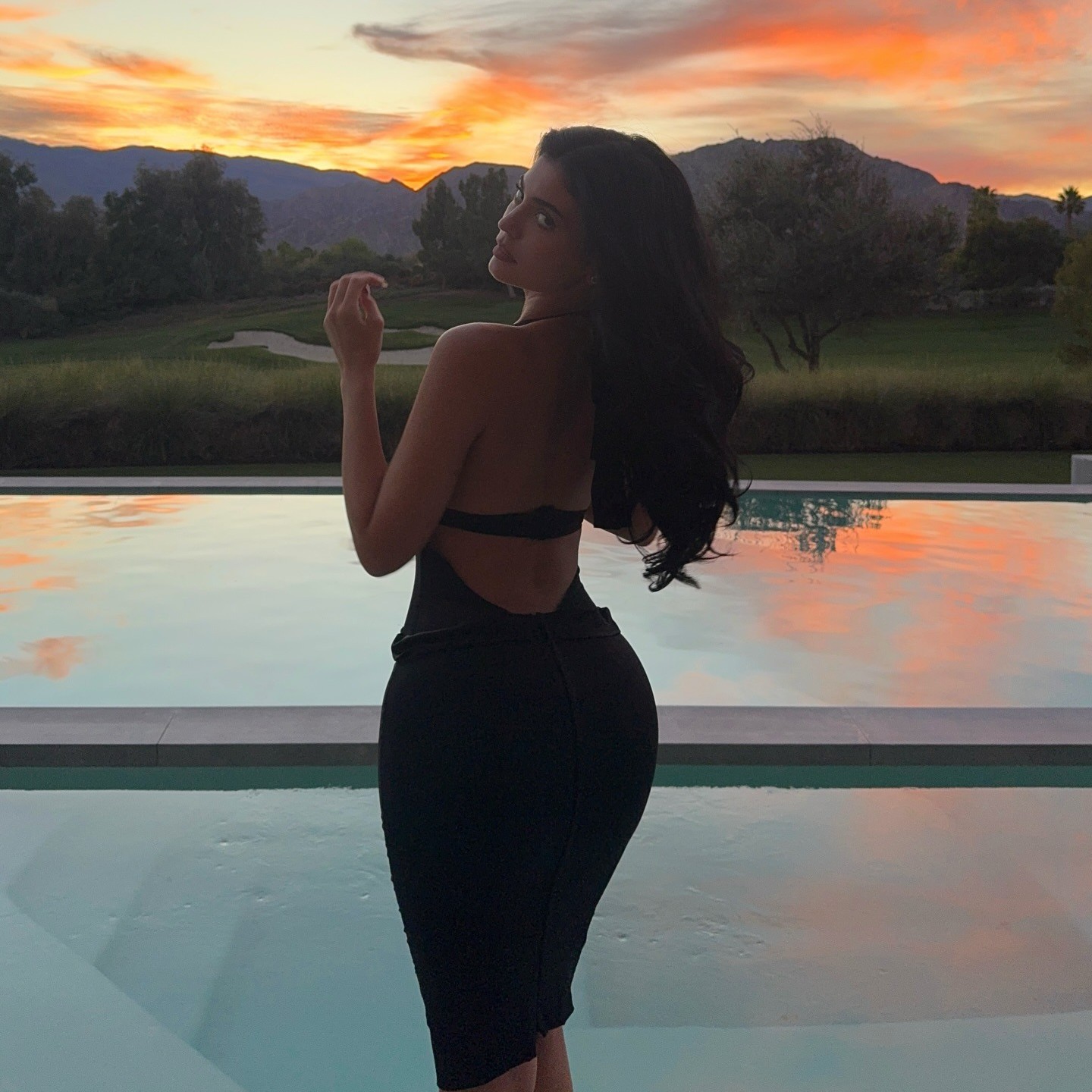 Kylie Jenner’s Jelly Plaid Nails Prove This OPI Color Is Truly the Most Versatile
Kylie Jenner’s Jelly Plaid Nails Prove This OPI Color Is Truly the Most VersatileThe chicest mani staple.
-
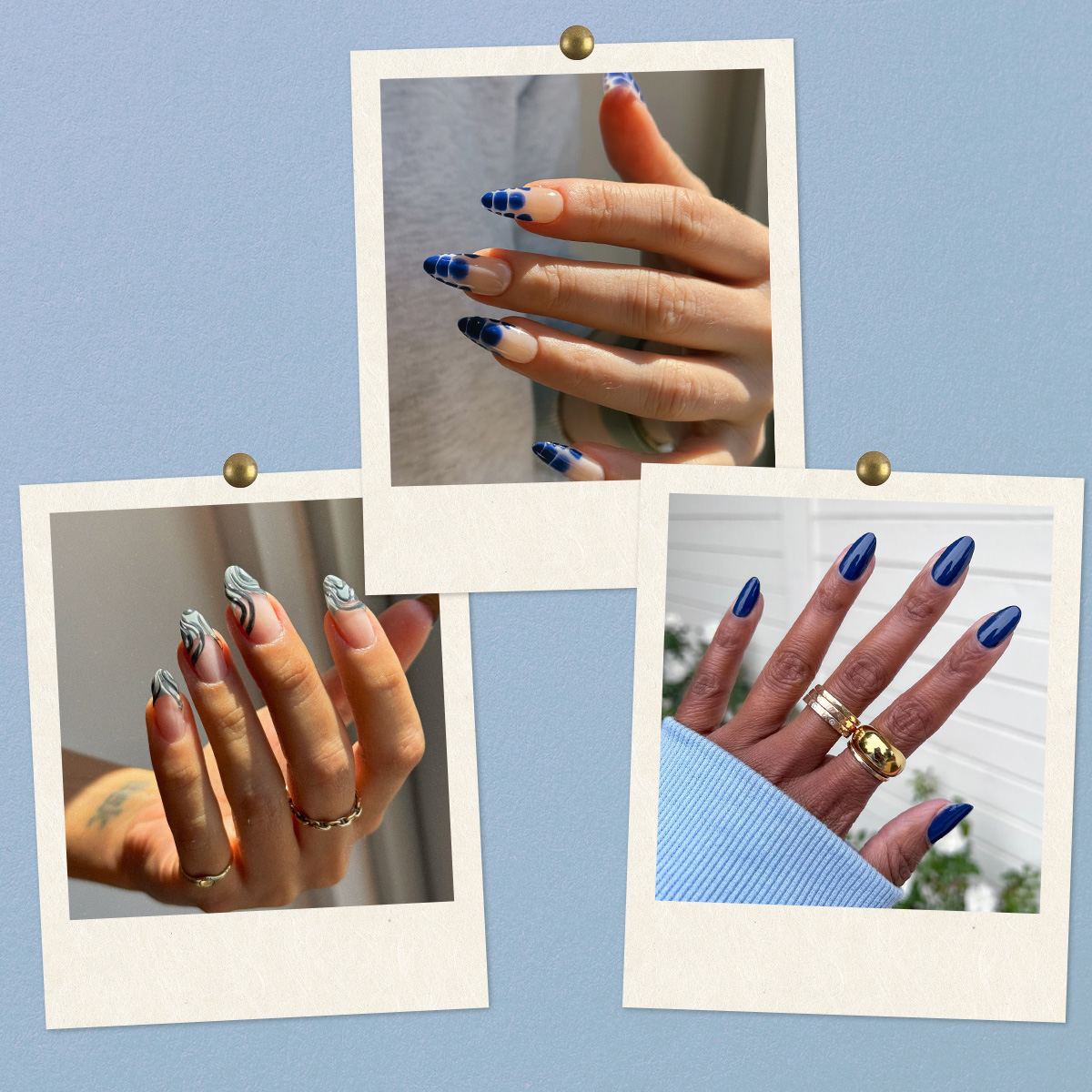 Forget Red—Experts Say These 10 Chic Nail Trends Are Taking Over This Winter
Forget Red—Experts Say These 10 Chic Nail Trends Are Taking Over This WinterCelebrity manicurists spotlight moody hues and textured designs.
-
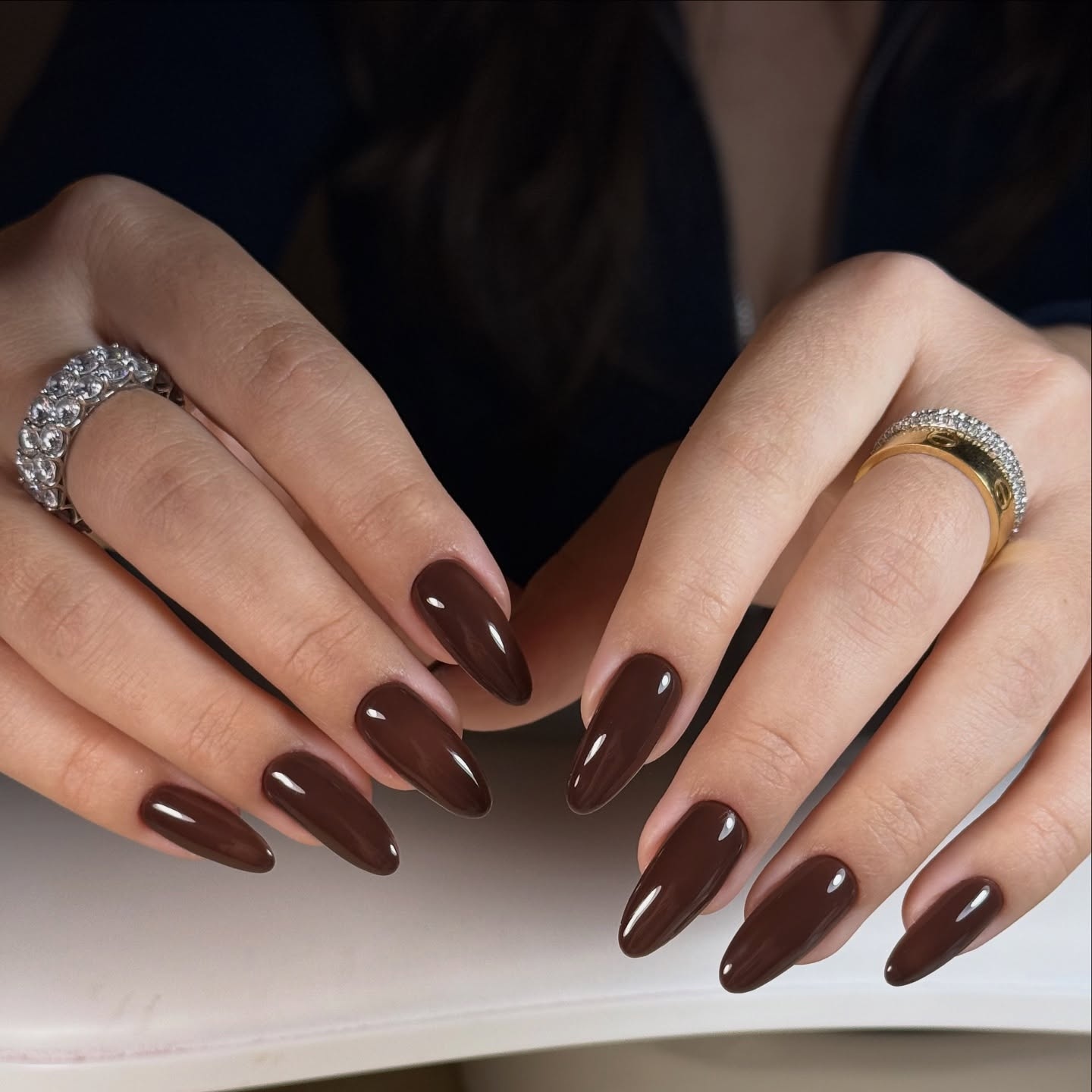 I've Finally Tired of Pink Nails—This Is the Chic Polish Shade I'm Wearing for the Foreseeable Future
I've Finally Tired of Pink Nails—This Is the Chic Polish Shade I'm Wearing for the Foreseeable FutureEarthy tones are in.
-
 This Has Been OPI's Best-Selling Fall Nail Color for Decades—TikTok Says It's Especially Relevant in 2025
This Has Been OPI's Best-Selling Fall Nail Color for Decades—TikTok Says It's Especially Relevant in 2025Search volume has grown 83% month over month.
-
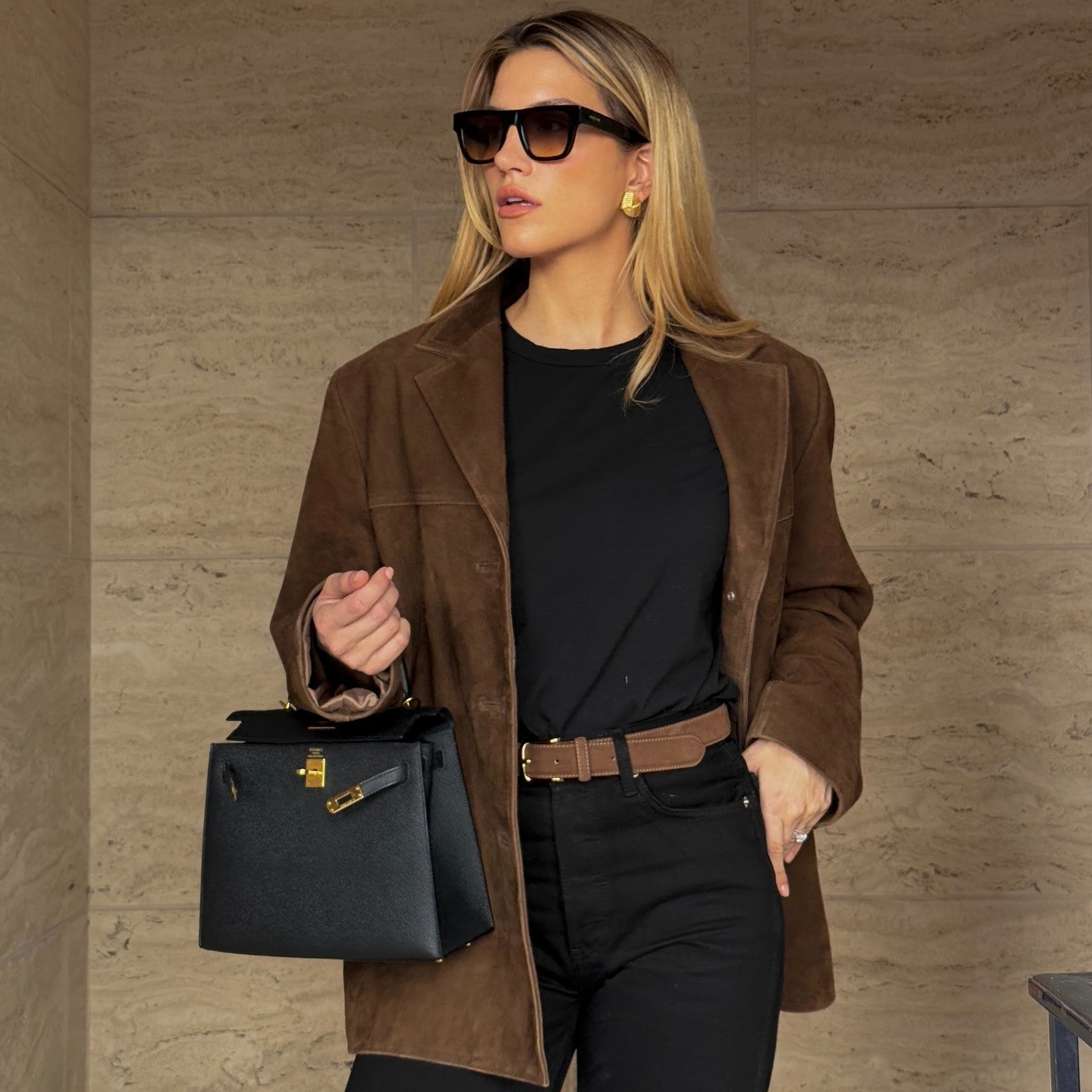 Heads-Up: Every Stylish New Yorker Is Already Wearing This Rich-Looking Manicure Trend
Heads-Up: Every Stylish New Yorker Is Already Wearing This Rich-Looking Manicure TrendNot burgundy, not black.
-
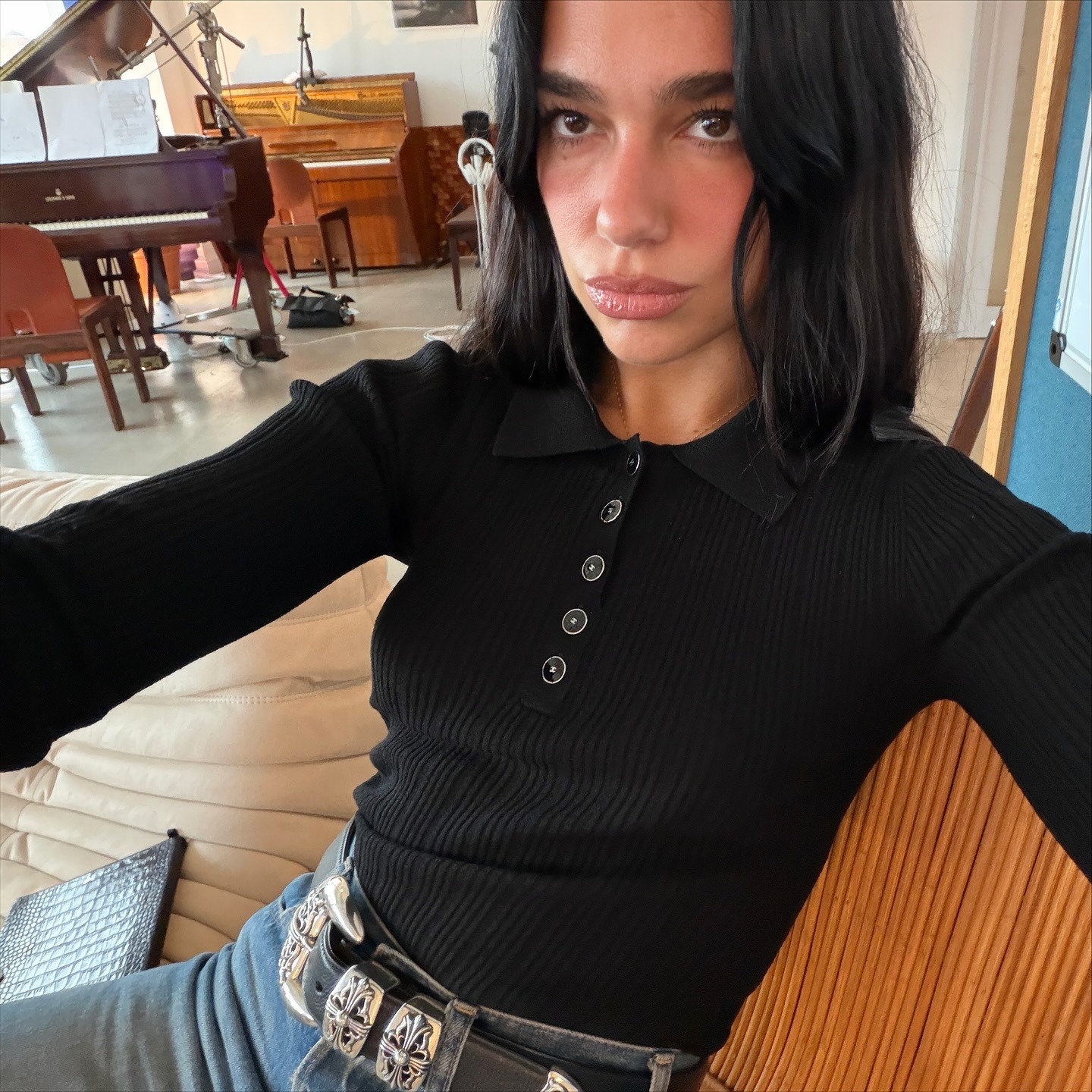 It's Official: Dua Lipa's Red Halo Nails Are the Coolest Way to Wear a Fall-to-Winter Manicure
It's Official: Dua Lipa's Red Halo Nails Are the Coolest Way to Wear a Fall-to-Winter ManicureIt's simple and chic.
